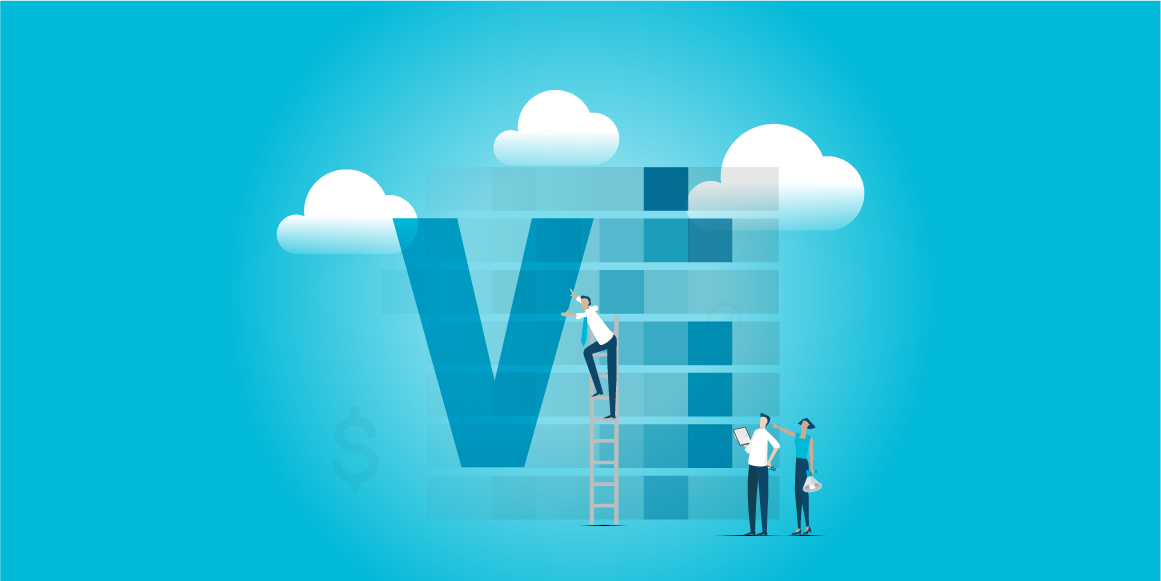MDF and CO-OP programs are a staple for large brands selling through distribution channels. According to a recent industry report from Gleanster:
- 83% of brand marketers believe MDF and CO-OP programs have an impact
- 86% of leading brands report they have made fundamental changes to their co-op and MDF programs within the last 24 months
- The average annual spend is 12% of the overall marketing budget
Gleanster estimates that over $70 billion in funds are available each year in the form of MDF or CO-OP. Even with the large amount of spending many marketers still don’t understand the differences between MDF versus CO-OP.
Here’s a little help:
CO-OP Funds – Typically a CO-OP program is a set-aside of funds that accrue as a percentage of revenue achieved.
Whilst in comparison...
Market Development Funds (MDF) – Unlike CO-OP, MDF funds are discretionary and are made available to channel partners prior to revenue achievement.
Both MDF and CO-OP programs will have restrictions on how the funds can be utilized. The majority of programs restrict fund use to some form of demand generation.
Why choose MDF versus CO-OP?
Market Development Funds (MDF) fit well when market conditions are changing. It is much easier to disproportionately direct funds to emerging partners with MDF versus CO-OP. This makes MDF highly preferable when building a channel or launching a new product.
Why choose CO-OP versus MDF?
CO-OP funds reward channel partners who are already performing. CO-OP is very useful in building channel loyalty in large established distribution channels. CO-OP also tends to create an environment where joint planning between vendor and top-tier channel partners is encouraged.
Which is best for you?
To decide which method is best for your company you’ll need to step back and think about your strategic objectives for the year. How much focus are you placing on recruiting new partners and developing under-performing partners? If this is your focus, then MDF will be the easy choice. If your focus is driving as much revenue as possible through your existing distribution channel, then CO-OP may be a better choice. Keep in mind this is only true if you are allocating funds based on the prior year’s performance. If you put in place a CO-OP plan today where funds begin to accrue from day one, you’ll have a significant delay before funds are available.
Well evolved companies tend to offer both programs as developing and nurturing a channel is an ongoing activity, as is building channel loyalty. If you are in the early stages of developing a channel you’ll put more emphasis on MDF. This will gradually shift to CO-OP as the channel evolves. For evolved channel companies it isn't a question of MDF versus CO-OP but what percentage to put towards each program.
The best advice is to step back and look at your short and long term objectives. Also, ask yourself how evolved is my channel on a scale of emerging to well established. This will help you understand how much emphasis to put on MDF versus CO-OP as you move into any new year.
Learn more about 360insights and our fund management programs here.
%20copy%204.png)




%20copy%205.png)
